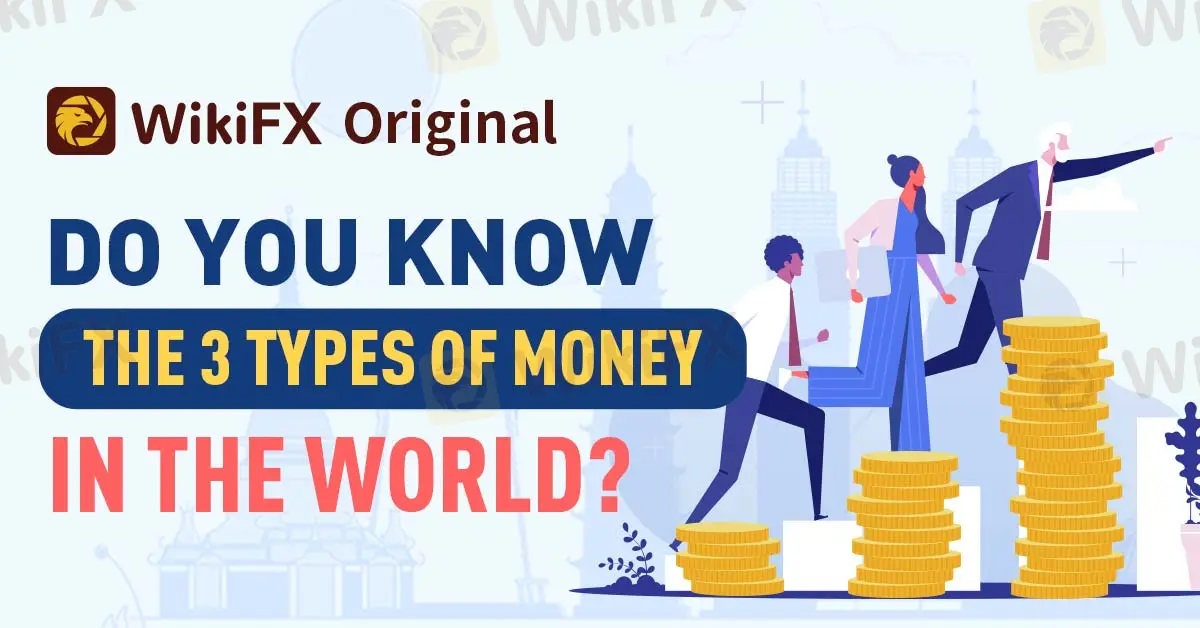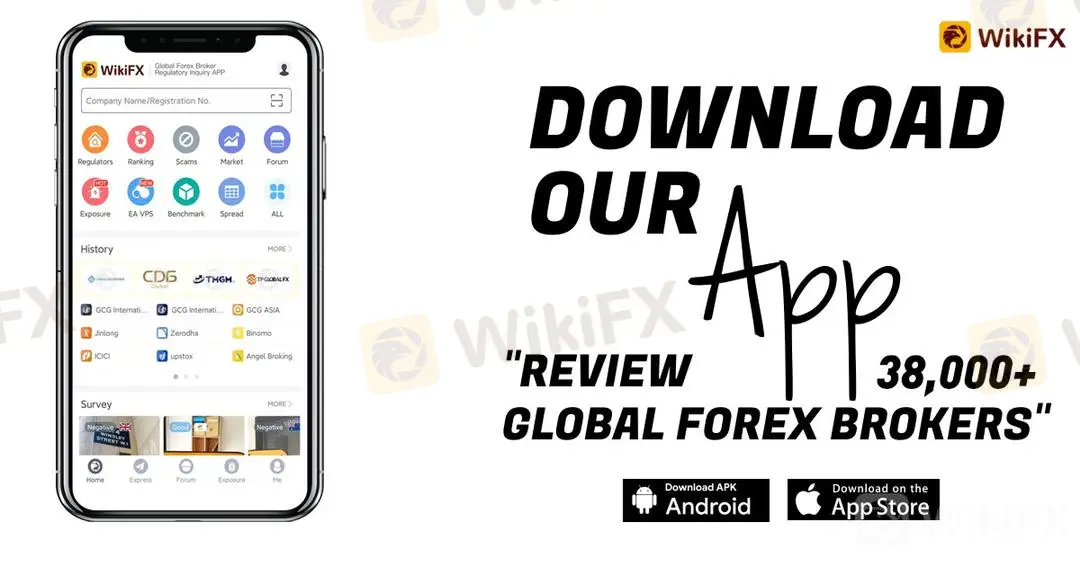简体中文
繁體中文
English
Pусский
日本語
ภาษาไทย
Tiếng Việt
Bahasa Indonesia
Español
हिन्दी
Filippiiniläinen
Français
Deutsch
Português
Türkçe
한국어
العربية
Do You Know the 3 Types of Money in the World?
Abstract:In this day and age, the masses have been brainwashed to believe that money is everything. Many equate having money to having happiness, success, social status, and everything else that matters. Although it is not an absolute fact, there is some degree of logic behind the obsession with money today.

Despite dealing with money on a day-to-day basis and having a certain degree of obsession with money, do you know the 3 types of money in the world? Money is not solely the numerical figures in your bank account or the cash you hold in your hands. It is more than that, so keep reading for more.
Money as a financial instrument can be divided into three types. Though many other derivative products carry intrinsic monetary values, they are not accepted as an immediate payment form that could be used in exchange for goods and services.

Commodity money is a financial instrument that has been around for the longest period. In the olden days, humans used salt, beads, seashells, tobacco, silver, and gold as money in exchange for goods and services. As civilization advanced, a standardized system of trade was also developed. Unlike later forms of money, commodity money has a tangible store of value that is believed to withstand the test of time as its physicality gives users confidence in it. The commonly acknowledged and accepted commodities are gold, silver, uranium, and more.

Fiat money originated as pieces of paper during the Chinese Tang dynasty in the 11th century, making China the first country to use fiat money. Government officials authenticated Fiat money as a legal tender. It is not backed by any commodity, such as gold or silver. It could neither be redeemed nor converted. Its value is derived from government backing, allowing individuals and businesses to place their trust in it as long as they have faith in their government.

Representative money is a government-created instrument backed by a commodity or fiat currency. It generally represents something valuable but has little or no intrinsic value. Checks, credit cards and fiat money are the main examples of representative money that we use on a daily basis. The value of presentative money is derived from the government or the financial institutions that support it.

Disclaimer:
The views in this article only represent the author's personal views, and do not constitute investment advice on this platform. This platform does not guarantee the accuracy, completeness and timeliness of the information in the article, and will not be liable for any loss caused by the use of or reliance on the information in the article.
Read more

The Funded Trader: Reactivates Accounts with Revised Payout Structure
Proprietary trading firm The Funded Trader has detailed its financial recovery efforts following a turbulent period marked by an unsustainable payout model. Addressing these challenges publicly, the firm outlined the steps being taken to resolve outstanding obligations and ensure operational sustainability.

Doo Group Broadens Global Footprint with Indonesian Broker Acquisition
Doo Group has announced its acquisition of PT Prima Tangguharta Futures, a Jakarta-based broker specialising in online derivatives trading. This move represents a significant step in Doo Group's regional expansion strategy and reinforces its growing presence in Southeast Asia.

eToro Expands Nationwide Access with New York Launch
eToro launches in New York, offering fractional stock, ETF, and options trading nationwide. Discover innovative features like copy trading and free education.

RM570,000 Lost in a Gold Trading Scam in Malaysia
In a distressing case of financial deception, a retired female teacher in Malaysia lost RM570,000 of her personal savings and pension to a gold trading investment scheme.
WikiFX Broker
Latest News
Webull Partners with Coinbase to Offer Crypto Futures
eToro Expands Nationwide Access with New York Launch
GCash, Government to Launch GBonds for Easy Investments
Why Is UK Inflation Rising Again Despite Recent Lows?
Interactive Brokers Launches Tax-Friendly PEA Accounts in France
Find Regulated Brokers from A to Z on WikiFX
Countdown to WikiEXPO Dubai 2024 — “Seeing Diversity, Trading Safely”
Former Director Sentenced for Share Disclosure Breach
PayPal Expands PYUSD Use for Seamless Cross-Border Transfers
Trump Media in Talks to Acquire Crypto Firm Bakkt
Currency Calculator


